With the innovation and advancement of LED technology, the types of LED displays are also constantly increasing. When purchasing an LED display, do you feel confused about which type to choose? Don’t worry, this article will help you understand which type of LED display is best.
#Muenled
#LEDdisplay
All posts tagged: Outdoor LED display
The hardest part of starting up is starting out
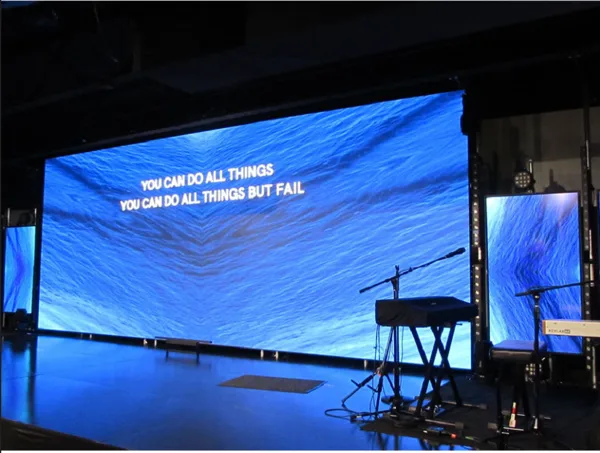
The best type of LED display screen?
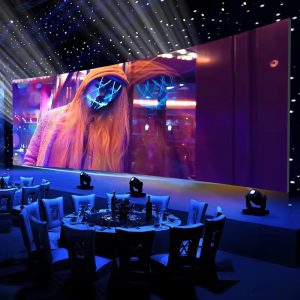
The difference between micro LED and LED display screen
In today’s market, where traditional LED displays dominate, Micro LED displays have emerged as a new type of display. What is the difference between Micro LED and LED displays? This article will provide a detailed comparison of the two, analyzing their differences.
#Muenled
#leddisplay
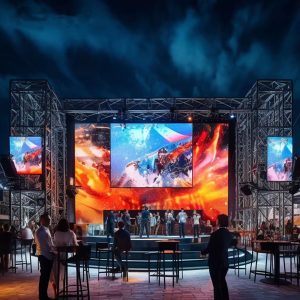
How to effectively use LED display screens for event management?
When you want to make your event better, you can manage your event with LED screens, which can attract more people to participate in your event. If you don’t know how to manage events with LED screens, you can follow this article to learn more.
#Muenled
#LEDdisplay
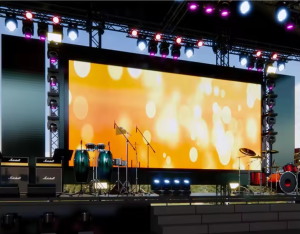
The lifespan of LED display screens
As one of the most popular displays on the market today, have you ever wondered how long the lifetime of an LED display actually is? After reading this article, you will have a better understanding.
#Muenled
#LEDdisplay

Comparison of LED Lightbox and LED Poster Display
With the development of the economy, LED displays have become crucial in the advertising industry. In particular, LED light boxes and LED poster displays have become the hottest tools in modern advertising and marketing. Do you know the difference between the two? Read this article to learn about the LED light boxes vs LED poster displays.
#Muenled
#LEDPosterDisplay
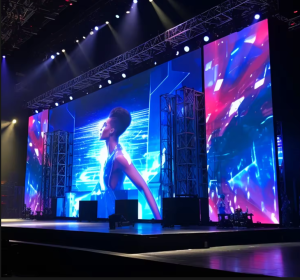
The content that can be displayed on the LED video display wall
With the development of display devices, LED video walls have gradually become the mainstay for content display. Do you know what types of content can be displayed on an LED video display screen wall? Let’s take a closer look at the specific content that can be displayed on an LED video display screen wall!
#Muenled
#LEDdisplay

LED calibration ensures the consistency of LED display
LED displays are popular for their excellent image quality and accurate color reproduction that stays true to the original content. With individual LEDs having adjustable brightness levels, LED displays can produce deep blacks and bright whites by combining their varying intensities. This allows for consistent image reproduction without losing the quality of the original content.
LED displays come pre-calibrated with the standard brightness and color intensity already set. However, different applications call for different settings, especially considering the installation location. This is why LED displays must be re-calibrated on-site to ensure optimal settings.
#Muenled
#LEDdisplay
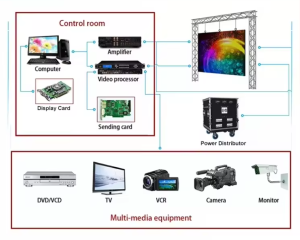
NovaStar Control System Product Comprehensive Guide
Managing LED displays entails ensuring they’re well taken care of from the inside out. Aside from routine physical inspections, one crucial aspect of LED maintenance is providing up-to-date software that ensures content is running buttery-smooth. Choosing the right software can make or break your LED display.
NovaStar is one of the most popular screen management solutions providers in the market, offering software and hardware products that ensure seamless operation of your display. The company’s most successful solutions include the Nova LCT, NovaStar Smart LCT, and the Viplex Express software.
This blog will take a closer look at these three products and their features. We will also provide setup tips for easy installation.
#Muenled
#NovaStar

Price Guide for Indoor LED Display Screen in Today’s Market
Incorporating a LED display into an indoor setting comes with many benefits in today’s competitive business environment. This includes better visibility to make sure the crowd can capture your content from different angles, in a so much greater clarity and sharpness. What’s even more is that indoor LED display can be customized, so rest assured you will have it seamlessly integrated into your business space.
Now, you may be wondering about today’s indoor LED display price in the market. Well, don’t worry—we have created a comprehensive guide to help you make sure you are getting your money’s worth.
#Muenled
#LEDdisplay
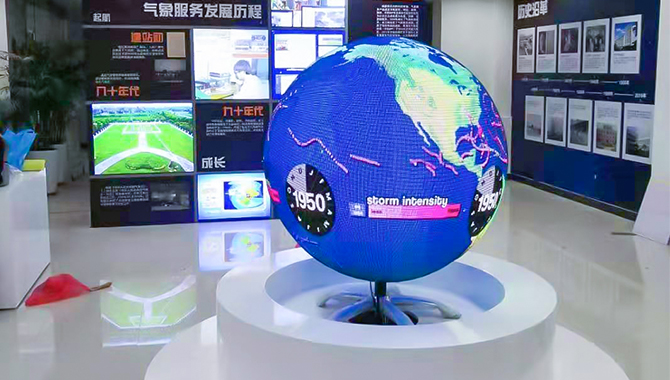
LED spherical display with a different way of displaying content
We all know that LED displays are very flexible literally and figuratively. Apart from the typical flat screens, they can also be curved or molded into irregular shapes and sizes. However, there’s a new development in LED display technology that allows viewing from all possible angles. Yes, even from above or under the display: the LED sphere display.
#Muenled
#LEDsphericaldisplay